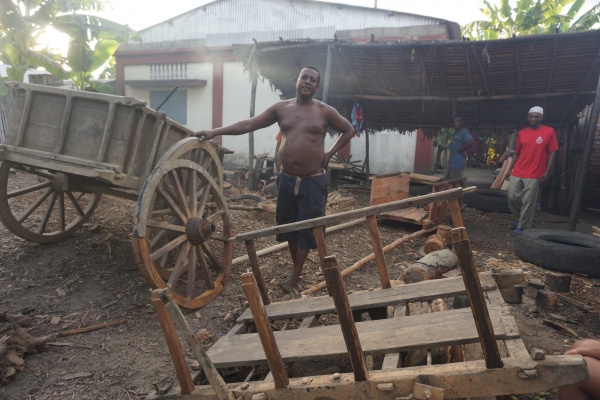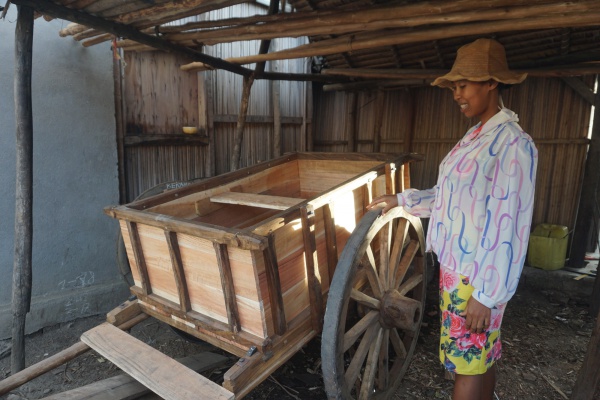Difference between revisions of "Zebu cart"
CampMaster (talk | contribs) |
CampMaster (talk | contribs) |
||
| Line 36: | Line 36: | ||
[[File:Zebu_cart_009.jpg|600px]] | [[File:Zebu_cart_009.jpg|600px]] | ||
| − | The carts, or charettes as they are better known, remain as practical and relevant as they were hundreds of years ago and provide | + | The carts, or charettes as they are better known, remain as practical and relevant as they were hundreds of years ago and provide indispensable transport for farmers in distributing their seasonal to markets without wasting money on petrol. |
[[File:Sambirano_078.jpg|600px]] | [[File:Sambirano_078.jpg|600px]] | ||
Revision as of 17:30, 17 August 2024
Early morning at the Sambirano crossing brings a rush hour with ox-powered carts delivering fresh crops from the countryside to the central marketplace.
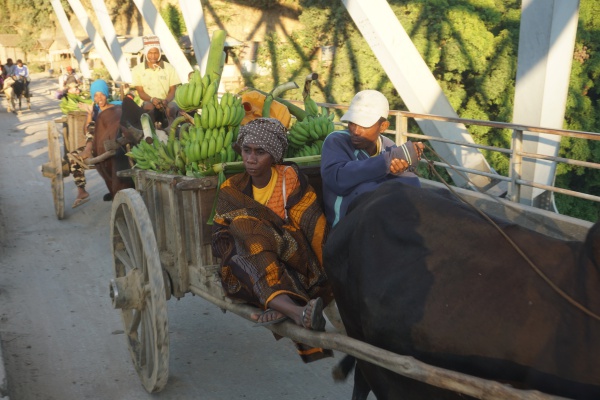
| ||
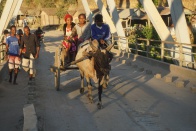
|

|

|
Zebu carts are common sights in and around Ambanja, the region, and across much of the big island of Madagascar.
Dozens of workshops in Ambanja produce zebu carts. One typical workshop in the town centre is run by Mr Theodore, who with his team of six skilled carpenters builds and assembles about 50 carts per year — all manually crafted without electrical power tools.
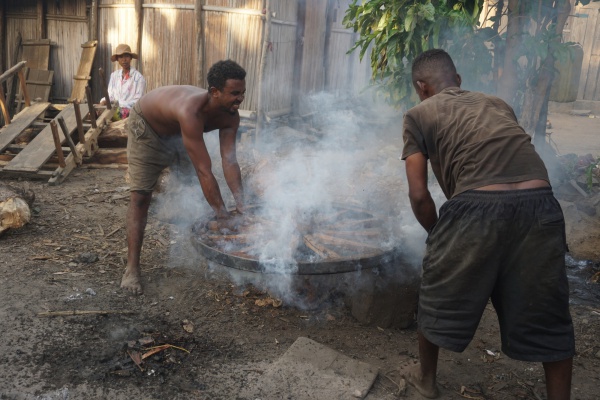
| ||
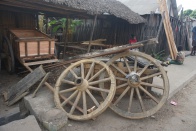
|
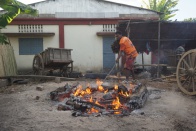
|
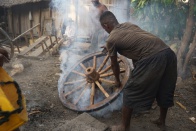
|

|
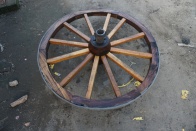
|
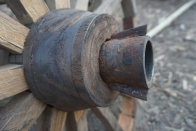
|
The design and model are always the same: A simple two-wheeler which easily attaches to one or more zebus. A cart takes about one week to make and costs 1,800,000 (USD 400).
The carts, or charettes as they are better known, remain as practical and relevant as they were hundreds of years ago and provide indispensable transport for farmers in distributing their seasonal to markets without wasting money on petrol.
The innumerable farmers maintaining the tradition of these vehicles deserve an eco-style award for their collective contribution in keeping cars and air pollution and to a minimum.
Additional information
View more Zebu cart photos
